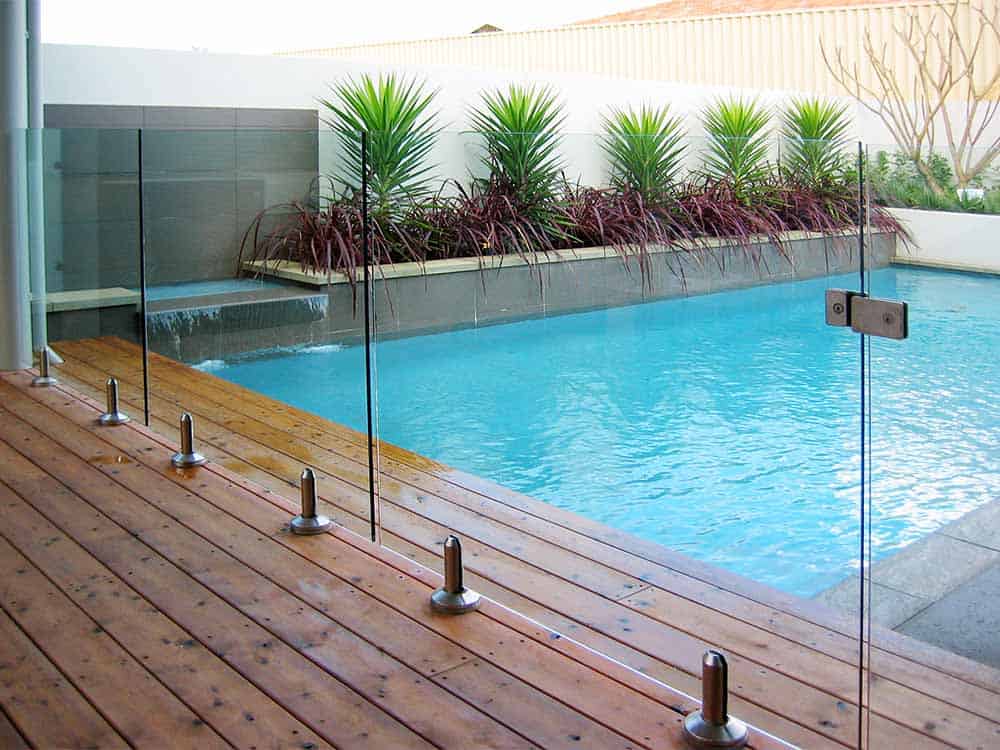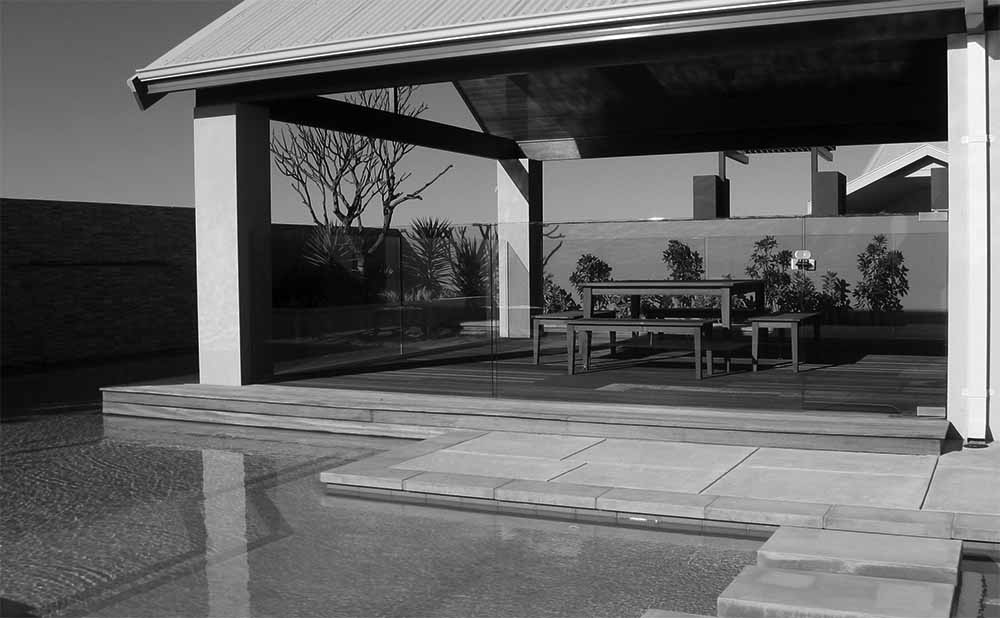What are the Rules for Pool Fencing in Perth?
Drowning is the number one cause of preventable death of children between the ages of 0 and 5 years. Within the last 5 years, 16 toddlers have drowned in Western Australia and it’s estimated that around 160 children were admitted to hospital following a near-drowning incident.
To avoid such tragic accidents, it’s critical for homeowners to be aware of the pool fence regulations in WA and to actively implement the proper laws. Domestic swimming pools are where drownings of children aged 0 to 5 mostly happen, with 94% of these incidents at locations in and around the house.
The absence of a protective barrier between the home and the pool area, or the inadequacy of the one installed, is the main cause of drownings in the majority of cases.
Strict regulations have been put into place since 1991 to mandate the installation of a safety barrier enclosing private swimming and spa pools. These regulations are meant to effectively restrict unsupervised access by toddlers to private swimming areas to protect the safety of children.

When Should You Install a Pool Fence at Home?
As per the Department of Mines, Industry Regulation and Safety in WA, all private swimming and spa pools containing water that’s more than 300mm deep are required to have a compliant barrier installed that restricts access by young children to the pool and its immediate surroundings.
If a private swimming or spa pool contains water to a depth of at least 300mm and is associated with:
- A Class 1a dwelling (such as a house, villa, townhouse).
- Less than 30 sole-occupancy units in a Class 2 building (such as apartments or flats).
- A Class 4 part of a building (such as a caretaker’s dwelling).
What is Included as a Private Swimming or Spa Pool?
Private swimming or spa pools include the following structures:
- In-ground and above-ground pools (inflatable and portable pools are included).
- In-ground and above-ground spa pools (but not spa baths that are typically emptied after each use).
- Bathing or wading pools.
Pools that aren’t considered to be private swimming or spa pools are controlled under the Health (Aquatic Facilities) Regulations 2007.
What is Required Before Installing a Pool Fence?
The law obliges homeowners or occupiers to install a compliant barrier around private swimming and spa pools to restrict the access of young children to the pool.
Prior to installing, building, or altering swimming and spa pool barriers (including windows, doors, and gates that restrict access to a swimming or spa pool area), a building permit is required under the Act and the Regulations.
As the permit authority, the local government is responsible for granting building permits for swimming and spa pools as well as their barriers. The approval process ensures that the building and barrier standards are met.
Pools are registered with the local government so that periodic inspections of the installed barrier can take place. These inspections should happen at least once every four years.
What Standards Apply to Your Pool Fence?
Barrier regulations for private swimming and spa pools have changed over time. As a result, different requirements and standards may apply to the barrier according to when your swimming or spa pool was built, installed, or approved.
Fences to Pre-May 2016 Pools
A pre-May 2016 pool is a private swimming or spa pool that’s been:
- Installed before 1 May 2016.
- Installed on or after 1 May 2016 in accordance with plans, drawings, and specifications submitted to the permit authority for approval before that day.
Barriers to pre-May 2016 pools may consist of any fence, wall, or gate as long as each part complies with relevant requirements of Australian Standard AS 1926.1-1993 Part 1:Fencing for swimming pools [incorporating Amendment No. 1 only] (AS 1926.1-1993).
A concession exists for pools that were
constructed, installed, or approved prior to 5 November 2001 which allows a wall that includes a door to be used as part of the barrier providing that door complies with AS 1926.1-1993. However, all other pre-May 2016 pools must not include a door as part of the barrier unless the door is permanently fixed using a device other than a key locking mechanism.
Owners of pre-May 2016 pools have the option of complying with the post-May 2016 requirements if they so choose, but a building permit is required from the relevant permit authority (local government) in order to modify the barrier.
Fences to Post-May 2016 Pools
Barriers to new swimming and spa pools installed after 1 May 20016 are required to comply with the Building Code of Australia (BCA). The BCA adopts Australian Standard AS 1926.1-2012 – Part 1: Safety barriers for swimming pools (AS 1926.1-2012) and AS 1926.2-2007 – Part 2: Location of safety barriers for swimming pools [Incorporating Amendment Nos 1 and 2] (AS 1926.2-2007) as the minimum technical requirements that apply to the barrier.
The barrier to a post-May 2016 pool can include a wall, fence, or other barrier or a combination of all the previous as long as it complies with the requirements of AS 1926.1-2012 and AS 1926.2-2007.
These standards prohibit the use of a door as part of the barrier to an outdoor pool. You may use windows providing they comply with the requirements of AS 1926.1-2012.
Frequently Asked Questions
What Materials Can I Use to Build a Pool Fence?
Generally speaking, you can use any material to construct Perth pool fencing as long as it’s durable enough to meet the strength requirements of Australian standards. Such materials should not be climbable.
According to these rules, materials such as steel, aluminium, glass, timber, and fibre cement are suitable for building pool barriers. You can also use a combination of these materials.
How Tall Should My Pool Fence Be?
Measured on the closest side to the house, the height of your pool fence should be at least 1200 mm tall with a clear distance of 900 mm between horizontal surfaces.
Does an Above Ground Pool Require a Fence?
Yes, compliant barriers for safety are required if you own an in-ground, above-ground, or indoor swimming or spa pool. A spa pool includes outdoor hot tubs and Jacuzzis but excludes spa baths that normally get emptied after each use.
If you own a portable wading pool that contains less than 300mm of water, you’re not required to install a compliant safety barrier. However, it’s still highly urged that parents or guardians are aware of pool hazards and always provide supervision.
What Happens If I Don’t Install Pool Fencing?
Homeowners and occupiers are responsible for ensuring that any fences or barriers restricting access to a swimming or spa pool are maintained and operating effectively. If you don’t comply with the regulations you’re risking the lives of young children and may face substantial fines.
If you’re searching for the highest quality workmanship at one of WA’s most affordable prices, contact us now. WA Special Projects guarantee that all pool fences we install are in compliance with WA Pool Fence Regulations, they also add style and elegance to your pool area.


